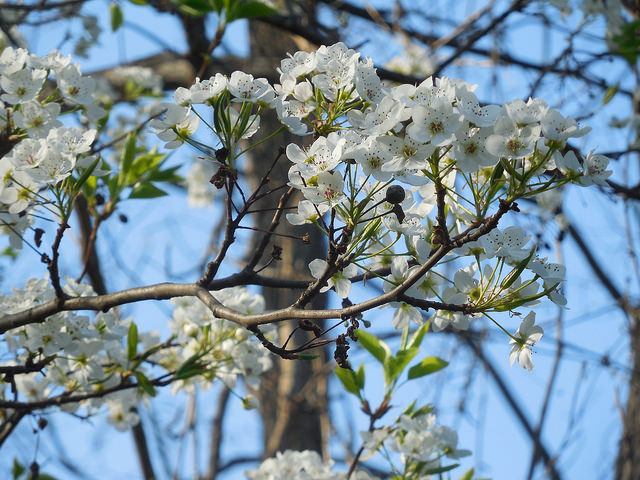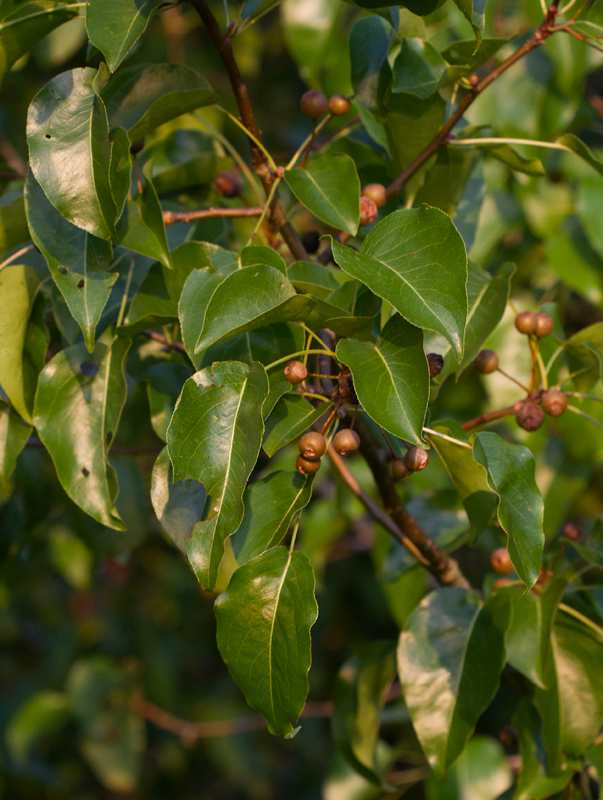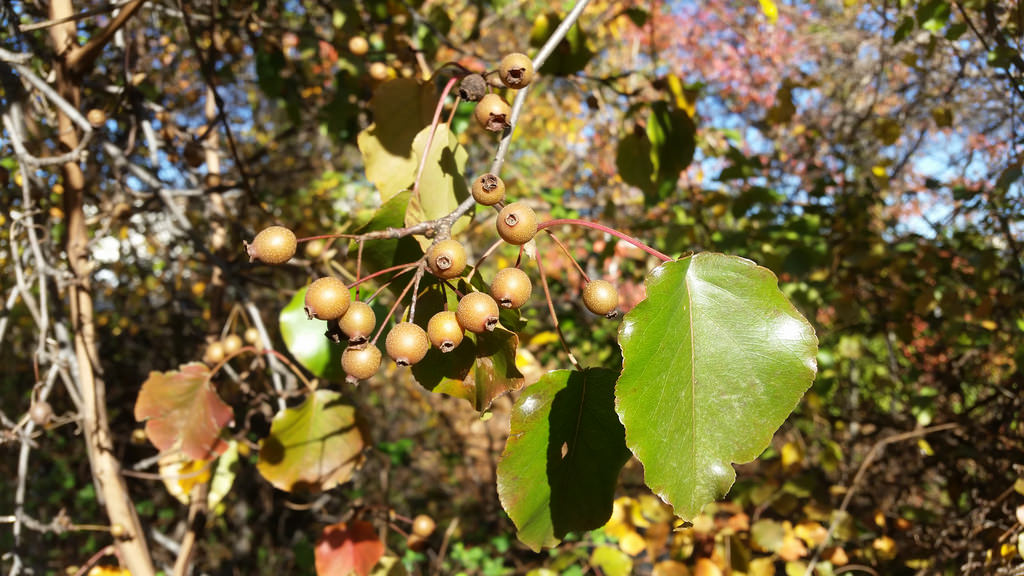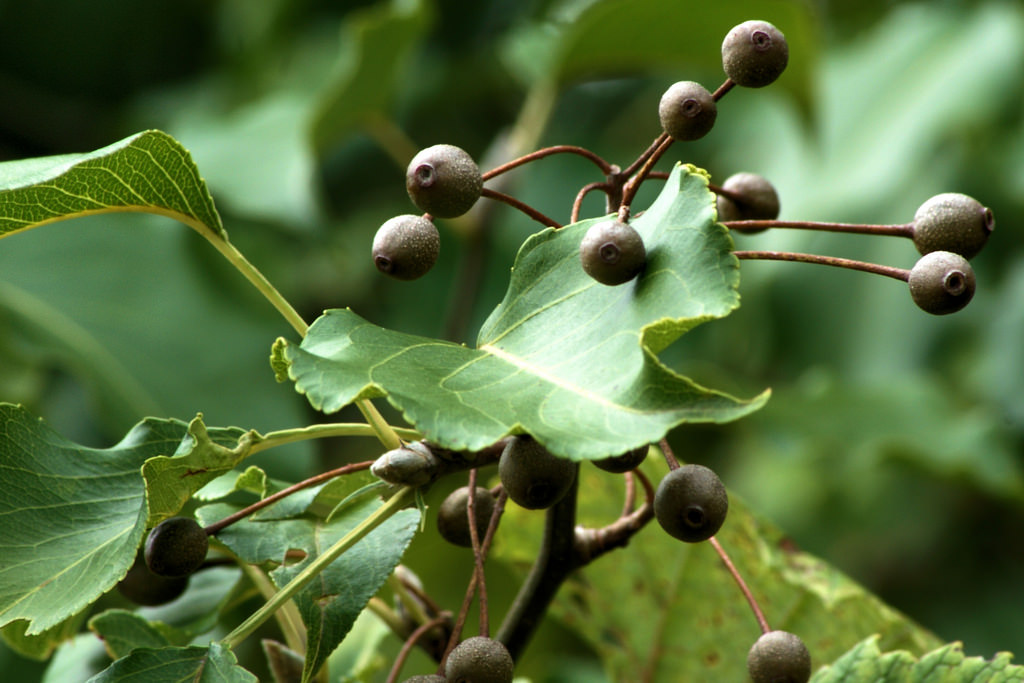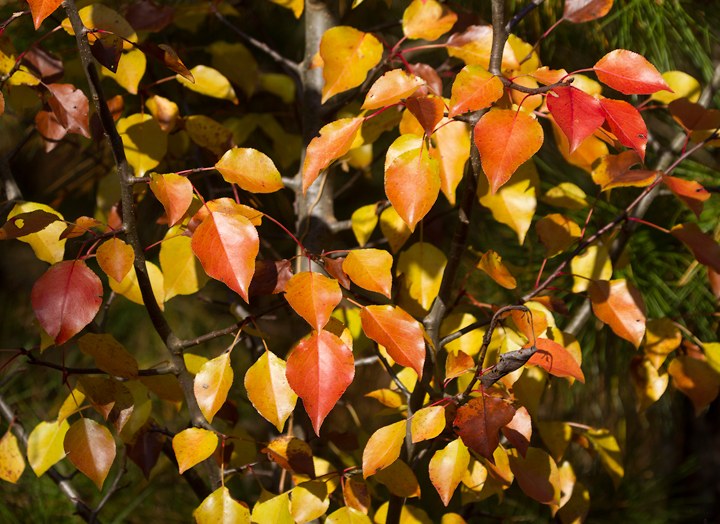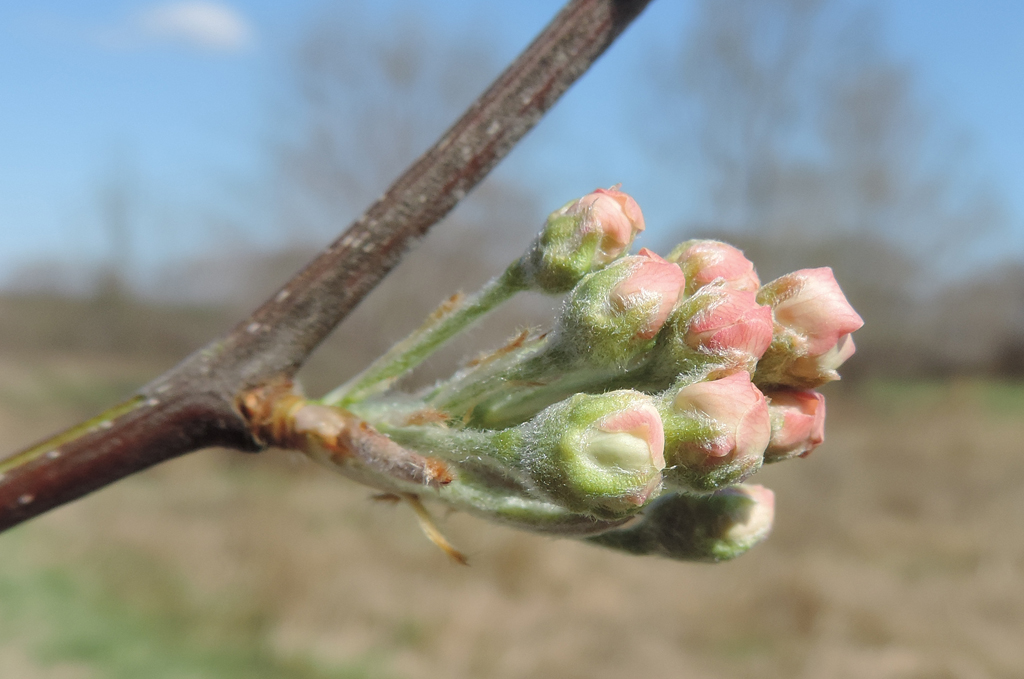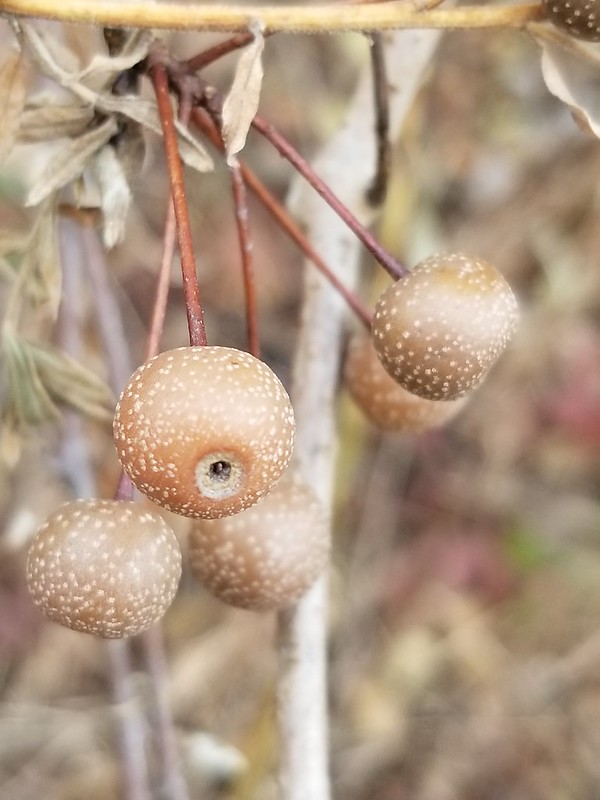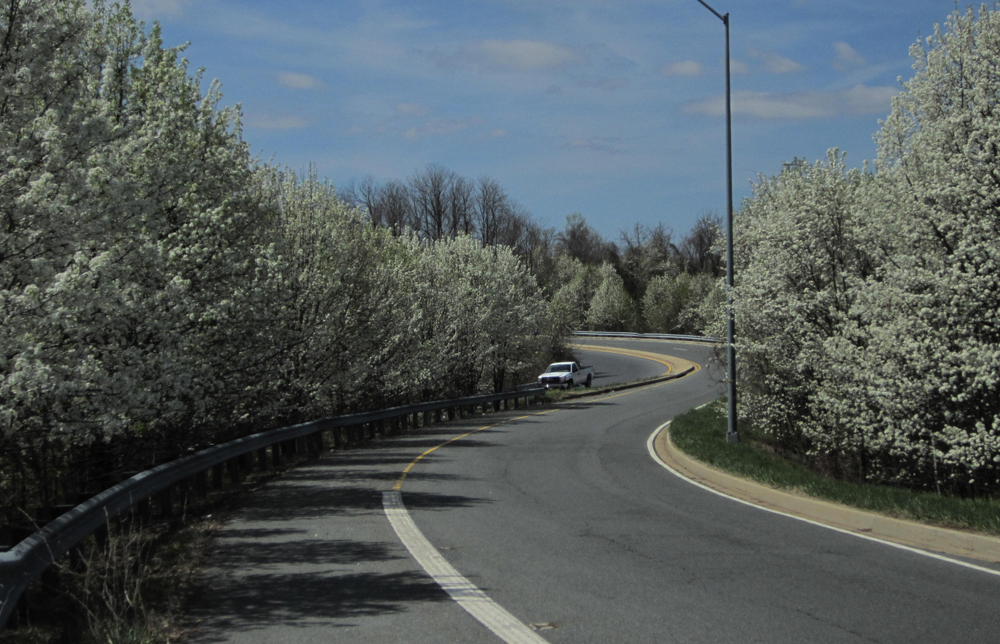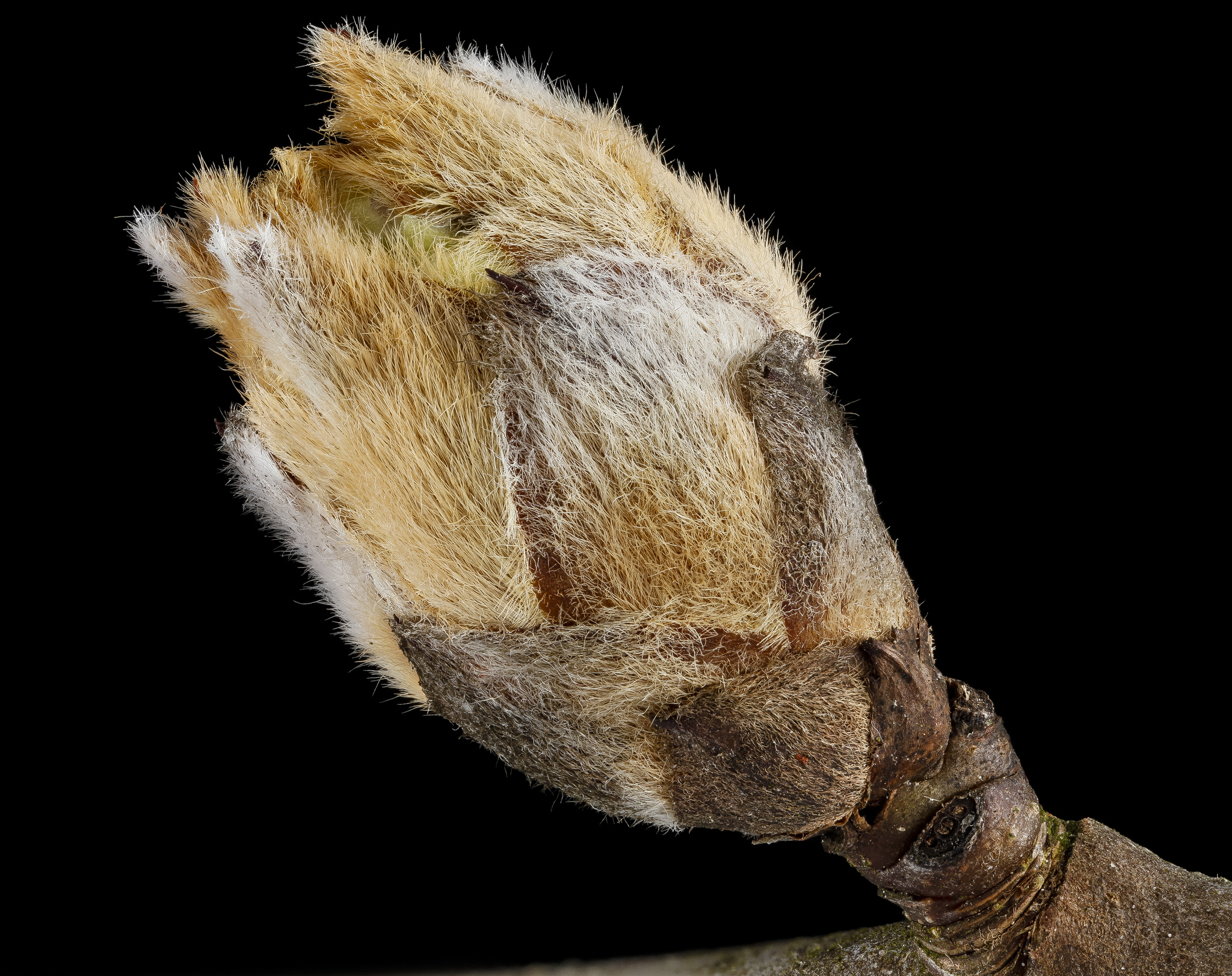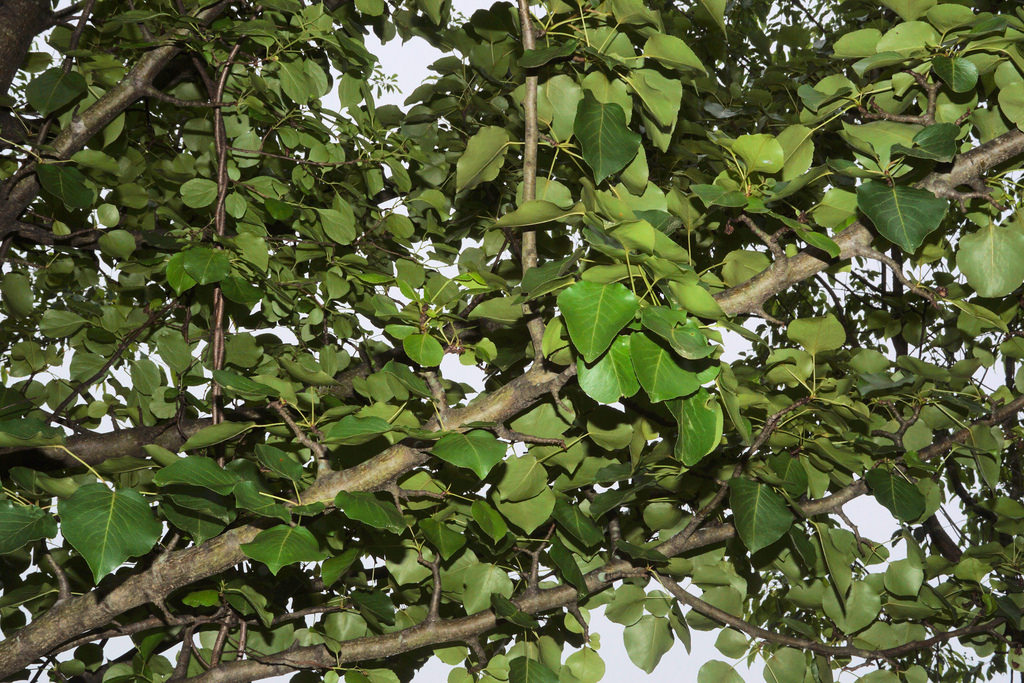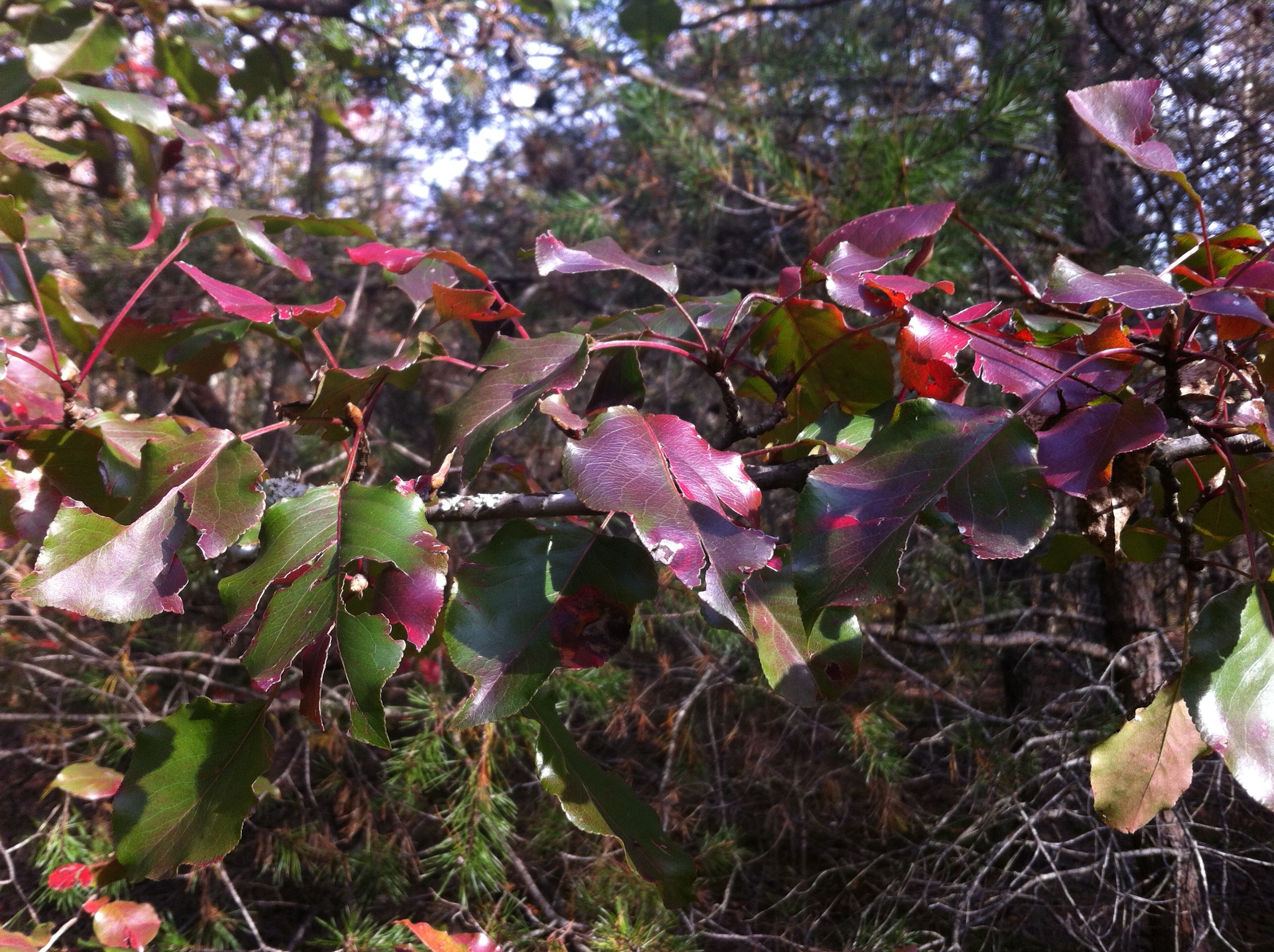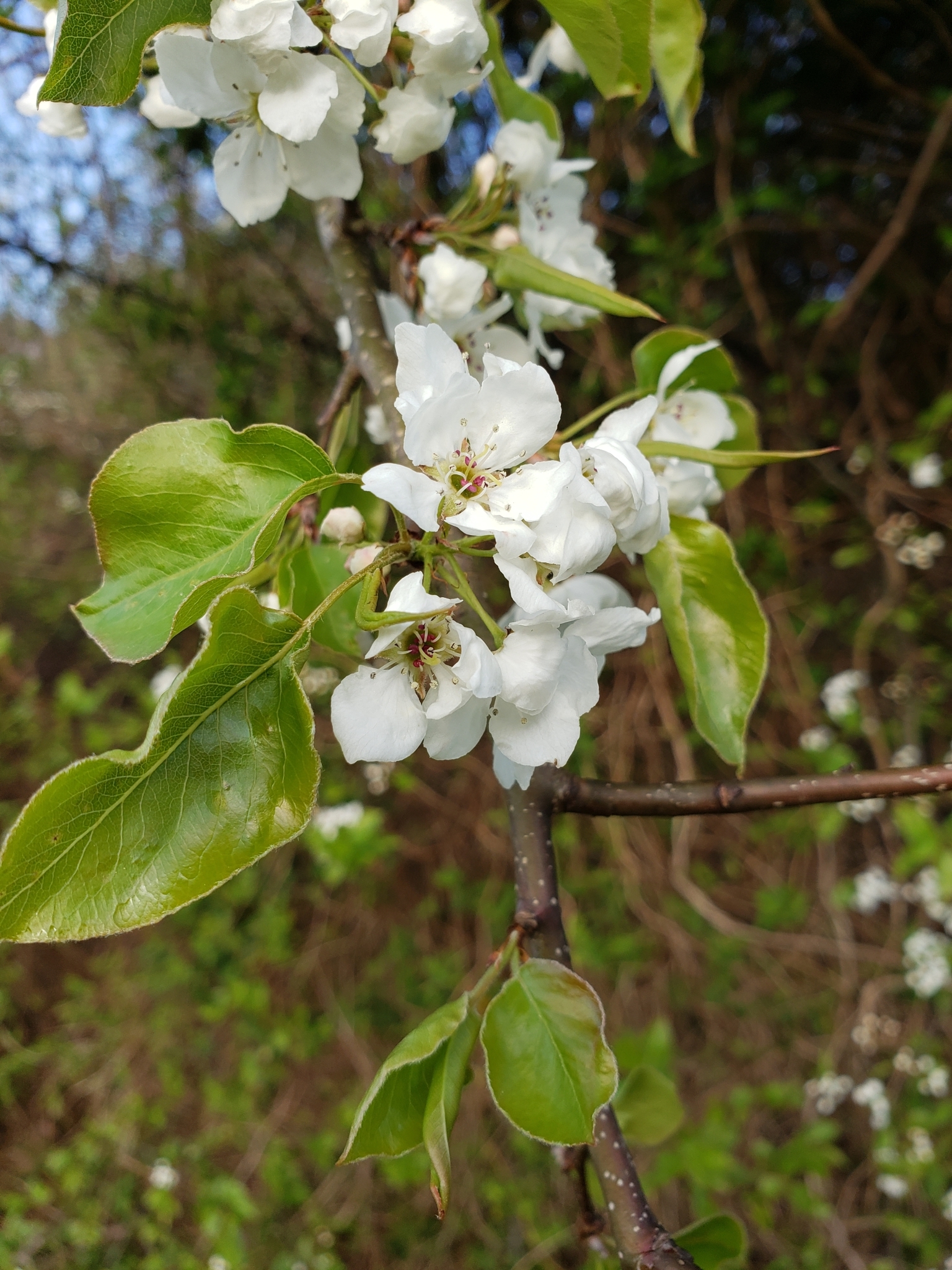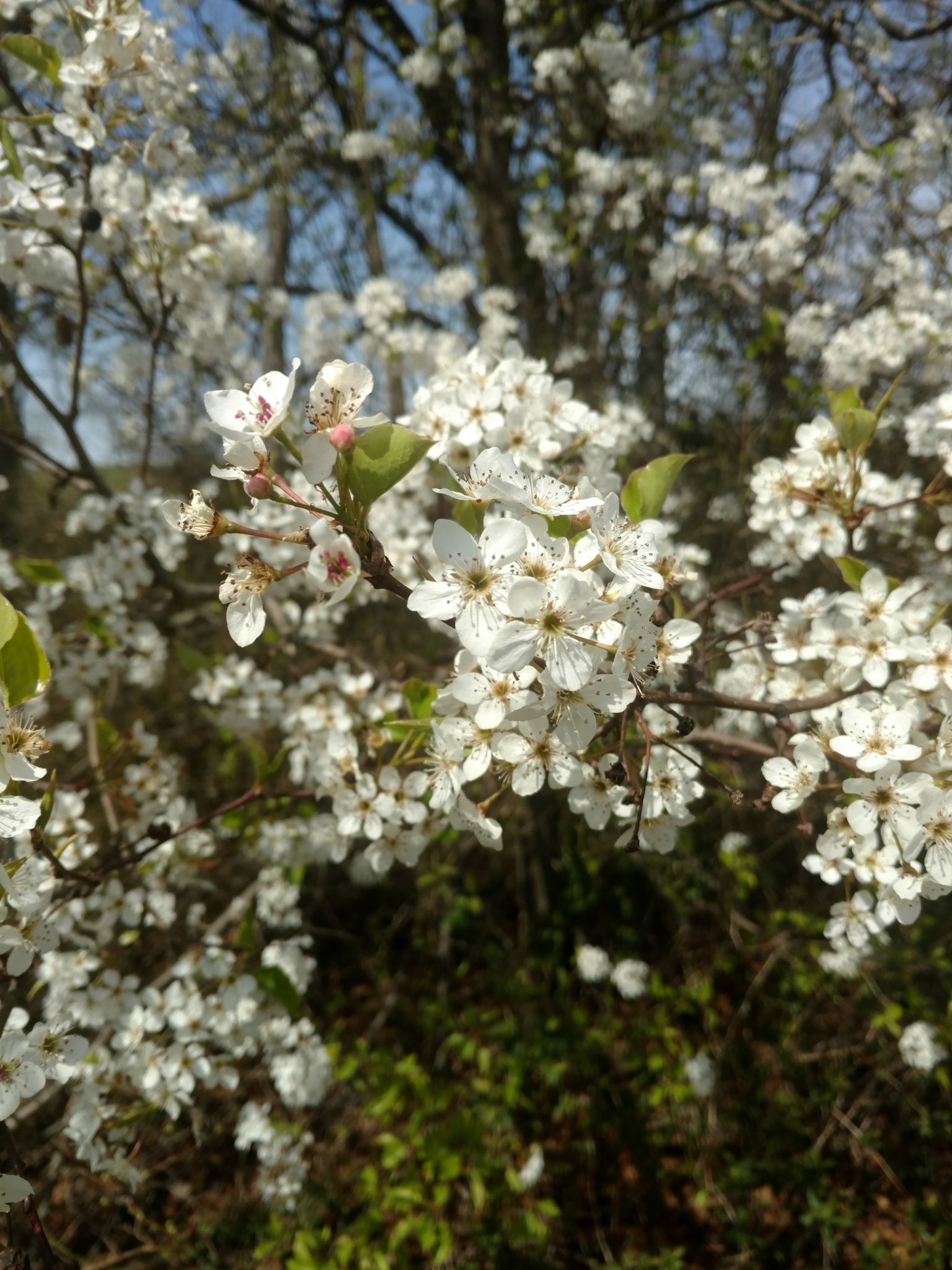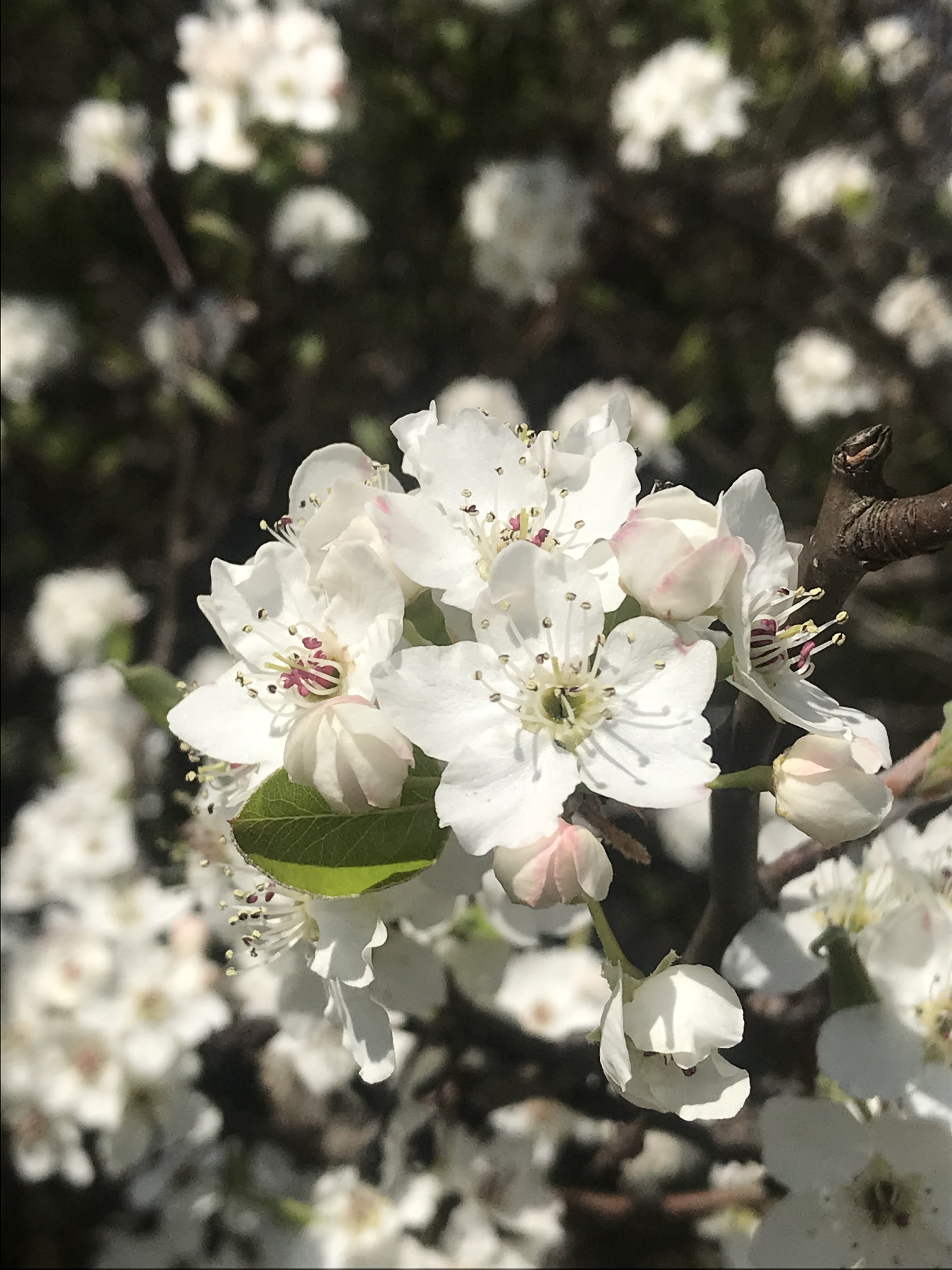

 Synonyms: Callery Pear.
Synonyms: Callery Pear.
























Pyrus calleryana was imported to the United States from China and Vietnam in the early twentieth century and used as root stock for the common pear (Pyrus communis), in hopes of developing disease resistance in the common pear. Around 1950, the ornamental value of Pyrus calleryana was recognized, and ornamental cultivars, most famously 'Bradford' Pear, were developed. These cultivars can interbreed, and they have spread widely in natural areas. The resulting populations consist of multiple genotypes that recombine every generation. Callery Pear now occurs throughout the eastern United States from New Jersey to Illinois and south to Texas. It has become invasive in many areas, forming dense thickets that drive out other plants. It grows best in full sun but tolerates some shade and drought (Swearingen, et al., 2010).
A tree that grows to 30-50 feet tall. Its white flowers appear in early spring before the leaves emerge, and thick stands can line highways with solid white. The fruits are small, hard, brown, and almost woody (Swearingen, et al., 2010).
Starlings and other birds eat the fruits and disperse the seeds.
Leaves attacked by European Pear Rust.
There are 328 records in the project database.
| GA | AL | WA | FR | CL | MO | HO | BA | BC | HA | CE | PG | AA | CV | CH | SM | KE | QA | CN | TA | DO | WI | SO | WO |



